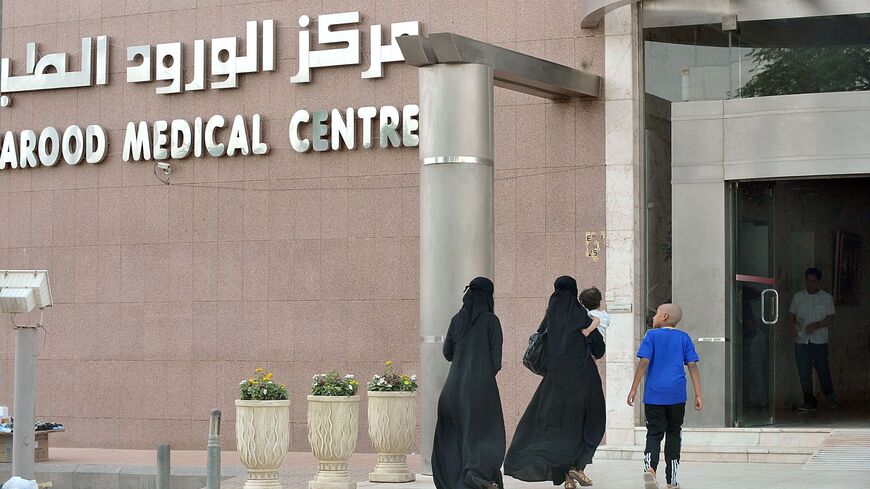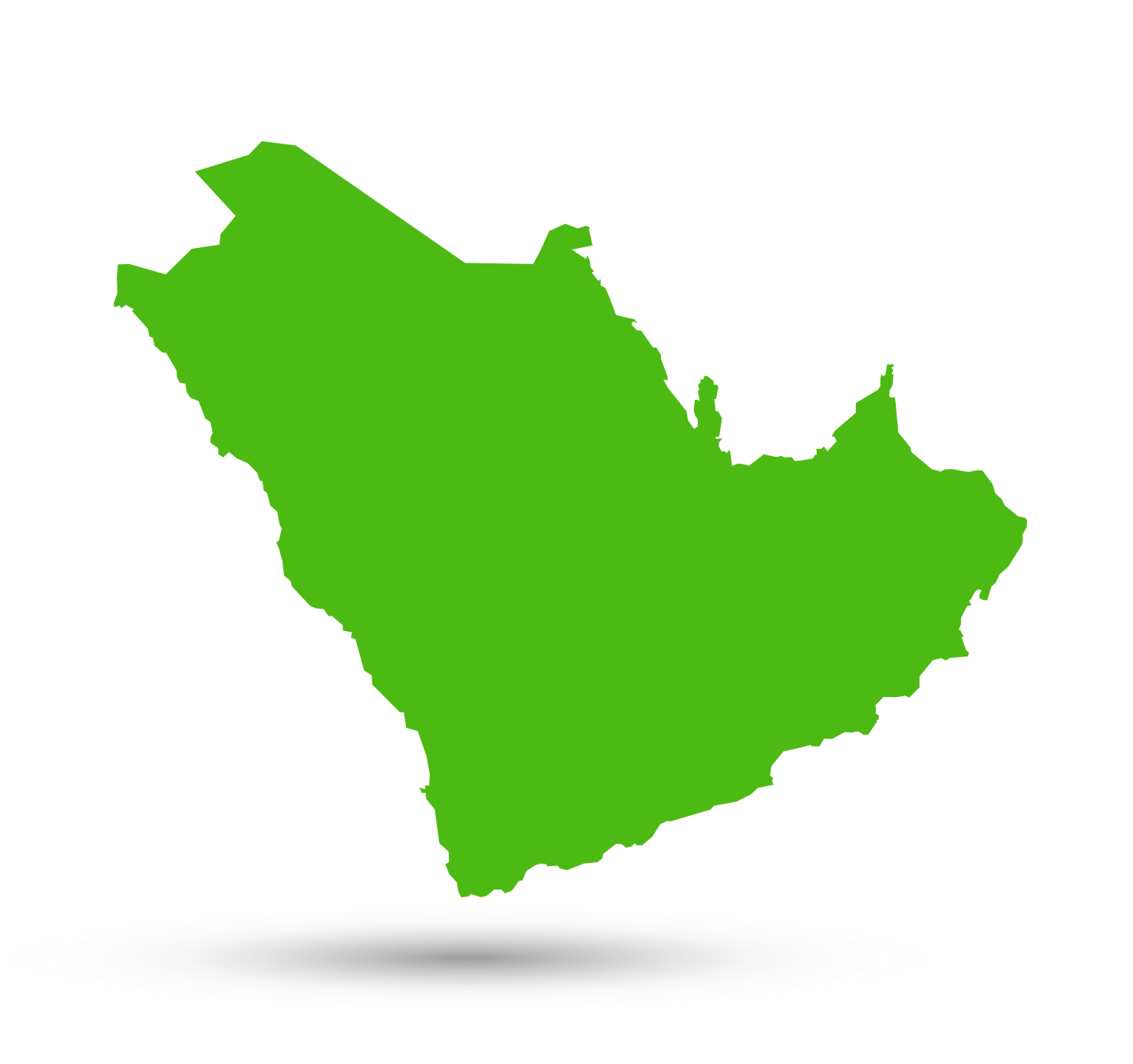Saudi Arabia ranked as the top Arab country for women’s health, according to the Hologic Global Women’s Health Index’s 2021 report released on Tuesday by the medical technology company, surpassing countries such as the United Kingdom and Ireland.
Israel held the ninth spot in the Middle East, while Saudi Arabia and the United Arab Emirates made the top 40 at 28th and 35th, respectively. The UK ranked two positions behind Saudi Arabia at 30th.
Lebanon and Turkey held some of the lowest scores, making the bottom 10 of the 122-member list at 118th and 119th, respectively.
Arabic, English, Hindi and Urdu were used in the phone calls to interview nationals along with Arab and non-Arab expats in Saudi Arabia, the UAE and Bahrain — Gulf countries that have high populations of foreign residents.
Yet not all questions were equal in the global survey, as inquiries about sexually transmitted diseases and infections were omitted from Saudi Arabia and Iran in respect of government restrictions.
The 2021 index, which collected its data in 2020, did not include Yemen, Oman, Kuwait, Qatar, Libya, Syria, Sudan, South Sudan or the Palestinian territories (the West Bank and Gaza).
The purpose of the index, which conducted questionnaire phone surveys with about a thousand people from each of the 122 countries listed, is to identify critical gaps in what the world understands about the health and well-being of women and girls globally, to eventually find solutions.
The Hologic and Gallup researchers did so using five parameters that it believes measure 80% of the variance in women’s life expectancy at birth. They include preventive care, emotional health, opinions of health and safety, basic needs and individual health.
Lebanon, Jordan and Turkey were classified at the bottom five as three of the worst globally for emotional health, ranking in order at 119th, 120th and 121st, with Afghanistan holding the final 122nd spot.
The global findings revealed that women's and girls’ health has become progressively worse since last year’s index, with the report stating that while 2020 provided a “sobering account,” this year’s index would “sound an alarm.”
Between 2020 and 2021, the report found that the gap between women in high-income and low-income countries nearly doubled, with no signs of improvement.


.jpg?h=484aaada&itok=l9O0K7bm)





